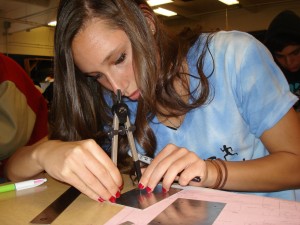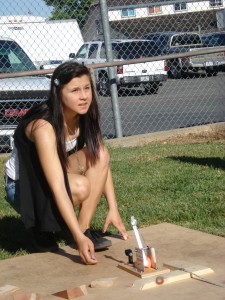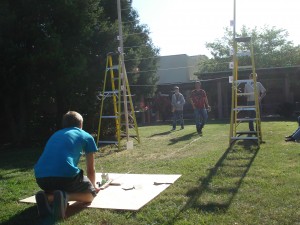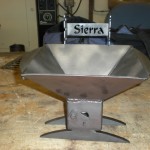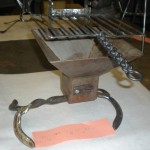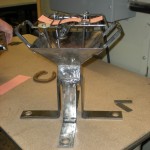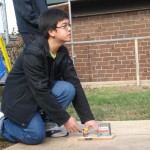In response to the need to prepare students for careers that require Applied Critical Thinking and other 21st Century Skills, Sierra College STEM Collaborative announced a new progessioal development program for high school and college faculty.
Local employers echo what national business organzations are saying – students need to be better prepared for the workplace. at a meeting on February 13, an employer skills panel made up of Andy Reimanis, Director of Engineering Telefunken Semiconductors America; Carol Rogers, Vice President, Progressive Technology; and Leandra Wilson, Director of Strategic Operations & Human Resources, Harris & Bruno shared specific examples of how employees use critical thinking. They all described the problem solving steps engineers and technicians went through to figure out how to solve production problems.
Read more about ACTivATE and what instructors and employers are saying about this new Sierra College STEm project at the Auburn Journal – Critical thinking to become a focus at local schools –Teachers listen, respond to input from local employers.
The ACTivATE project builds on National Science Foduantion projects. Sierra College will partner with Tennessee Technological University that produced a widely used Critical Thinking Assessment Test (Expanding the Use of CAT: Assessing and Improving Critical Thinking – NSF DUE 1022789 ) and the Northwestern University Searle Center for Teaching Excellence that developed Enhancing Critical Thinking in STEM Disciplines: A Faculty Development Model (NSF DUE 0942404), both National Science Foundation (NSF) projects. The ACTivATE project also builds on Sierra College’s previous NSF Tech-Explorer grant (ATE 1003259) that highlighted the fact that during a hands-on catapult building project, students did not exhibit the critical thinking skills required of technicians.



